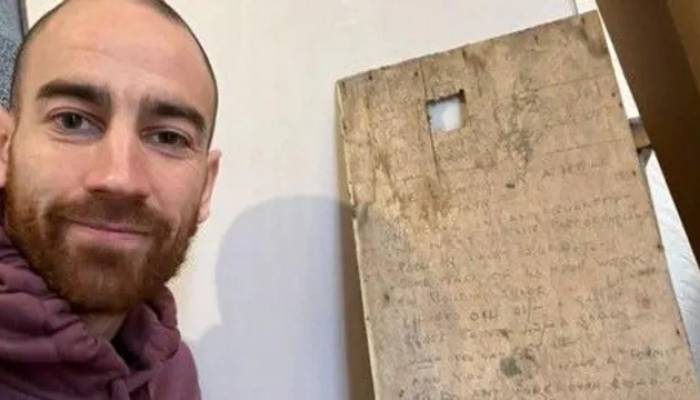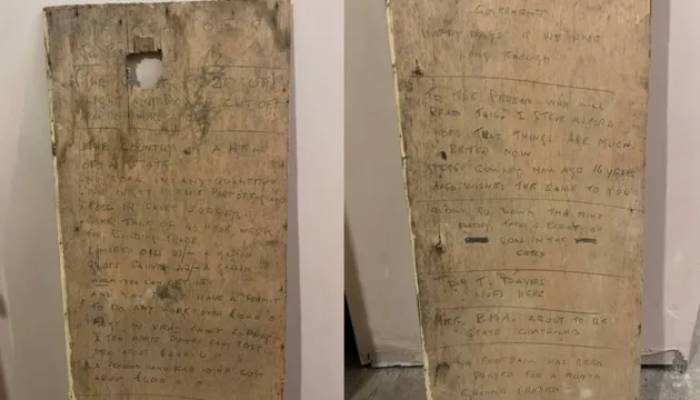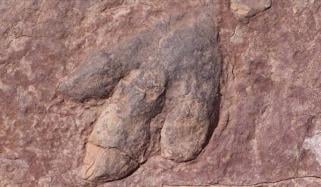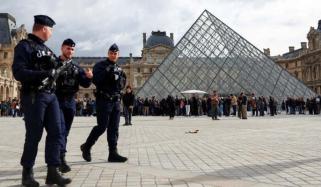
A teenager's written account of the challenges and hardships experienced after the war was found hidden inside a door panel.
As per BBC, Tom Yuen, a 31-year-old from Cardiff, was looking for second-hand door panels when he discovered a note dated 1947.
He described finding the note as feeling like a “handshake through time.”
"I think you can't really compare life today to then, it really puts life into perspective," said Mr Yuen.

The note reads, "To the person who will read this, Steve Alford hopes that things are much better now. Peter Cowley, now age 16 years, also wishes the same to you."
“This year of Jan Feb 1947
The Great Freeze Up Light and power cut off for 6 hours a day
The country in a hell of a state
No coal in any quantity
No light in some parts of England
Food in short supply
Some talk of 40 hour week for building trade
Linseed oil 21/- a gallon
Gloss Paints 42/- a gallon
When you can get it
And you must have a permit to do any work over £10.00
Fags in very short supply
A ten horse power car cost new about £400.00
A second hand car 10HP cost about £6000.0
And this is a Labour government, happy days if we live long enough
Don't go down the mine daddy, there is plenty of coal in the cwtch
Dr T. Davies Lives Here
The BMA about to be state controlled
No football has been played for a month, ground frozen”
Yuen got the door panel for free from a paint stripper yard in Cardiff, where it was about to be discarded.
"I was drawn to it, Selfishly, I was considering getting it (the note) framed, but I think it belongs to all. It's quite sad really, dated two years after the war, they are cold, have no food, there is no central heating,” said Mr Yuen.
He added, “I think you can't really compare life today to then, it really puts life into perspective."
It is pertinent to note that even after World War II, rationing of goods was still in place. In 1947 the winter was extremely harsh, with snowdrifts as high as 10 feet, making it one of the worst winters people could remember.
The National Museum of Wales is interested in displaying the door panel as an important historical artefact.















